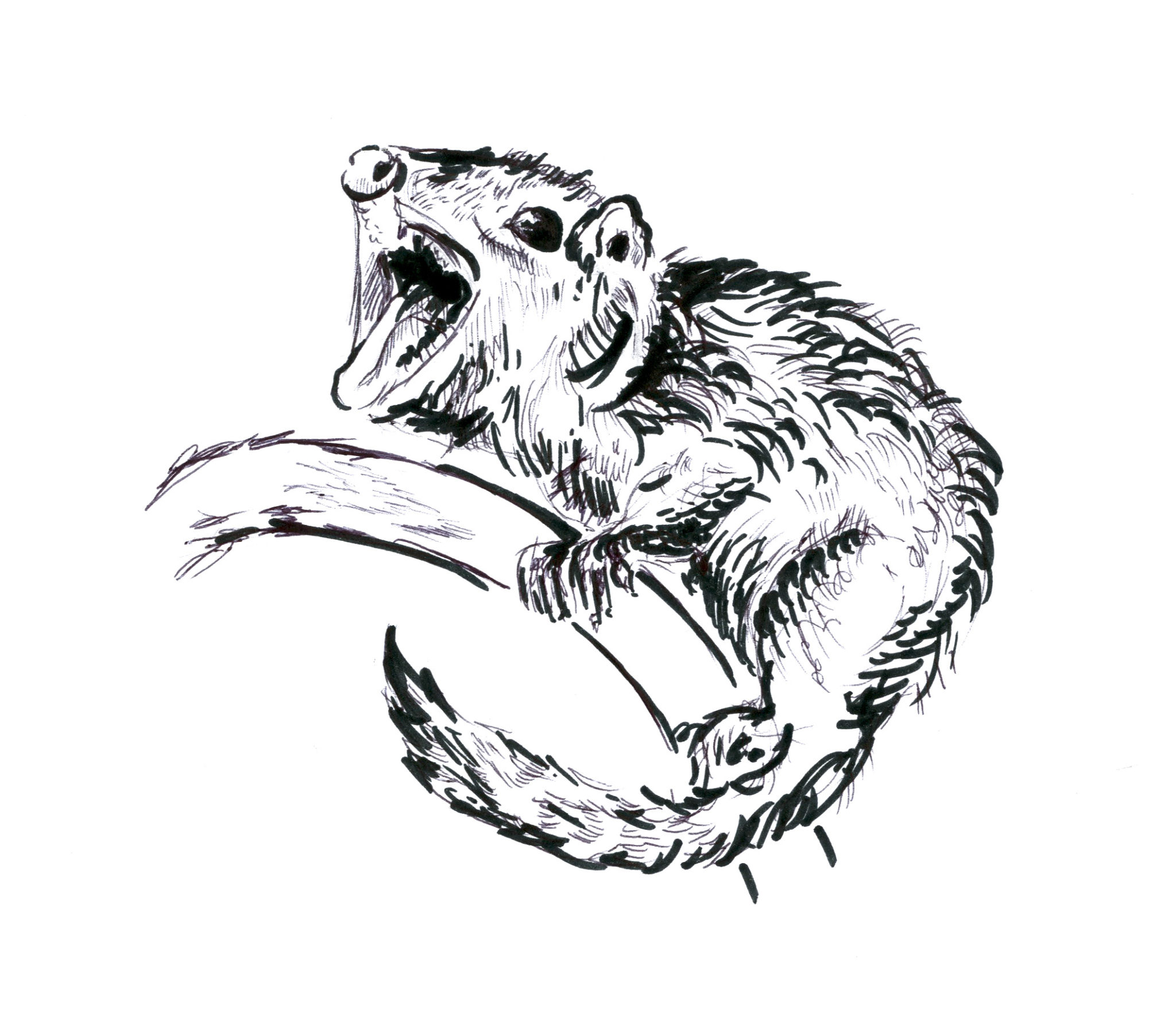Study on northern treeshrews reveals climate change’s effects on ecogeographical evolution
A recently published study on the evolution of the northern treeshrew details the evolutionary breakage of several ecogeographical rules as climate change progresses.

Joy Lian, Contibuting Illustrator
Research findings on the evolution of northern treeshrews, a small species of mammal, contradict two of the most widely tested and accepted ecogeographical rules.
A study published on Nov. 29 analyzed the northern treeshrew’s evolution over the past 130 years, looking at what it reveals about two major ecogeographical rules: the island rule and Bergmann’s rule.
The island rule describes the tendency for small mammal species to evolve larger body sizes and for large mammal species to evolve smaller body sizes as they migrate to islands. Bergmann’s rule examines the effects of temperature on body size, stating that animals in environments of higher latitudes with lower temperatures will evolve to have larger than average body sizes relative to other members of their species. Conversely, species in lower latitudes and warmer climates will evolve smaller body sizes.
“This, to my knowledge, is the first time that [a study] shows a change, not just in a slope or strength of [the island rule or Bergmann’s rule], but in a direction,” Virginie Millien said.
Millien, an associate professor at McGill University, was one of the co-authors of the paper. The paper was written by lead author Maya Juman ’20, with co-authors Eric J. Sargis, professor of anthropology, archaeological studies, ecology and evolutionary biology at the School of the Environment; Link E. Olson, a curatorial affiliate in mammalogy at the Yale Peabody Museum and associate professor in the Department of Biology and Wildlife at the University of Alaska; and Millien.
According to Juman, finding cases in which a particular species breaks these ecogeographical rules is not new.
However, discovering the breakage of a rule over time has never been done before. The results of this study show not just a simple breakage of ecogeographical rules, but a trend towards rule reversal over time.
“What’s unique about [our study] is that we show that same opposite pattern, but we also include time as an element,” Juman said.
The researchers examined 839 different specimens collected over the span of 130 years. The study found that the evolutionary behavior of the northern treeshrew directly contradicted Bergmann’s rule, with treeshrew body sizes decreasing in colder climates farther away from the equator.
In addition, island-dwelling treeshrews were found to adhere to Bergmann’s rule while mainland treeshrews did not. As a result, the team determined that the island rule is maintained at higher altitudes but is broken in latitudes closer to the equator.
“Frankly, I think rules are never always true, but I think this is casting more doubt on them,” Juman said.
According to Juman, for treeshrews, it is possible for a measurable change in body size to form over the course of just 130 years. Juman noted that this is because treeshrew generations form in about one year. This short time between generations allows for much faster natural selection and adaptation to occur.
Additionally, the research team’s method of body measurement aided their ability to discern change in size. Only the treeshrews’ skeletons and skins were available to survey, so the researchers used the size of the treeshrew skulls as a proxy for the true body size of the animal.
Juman also noted how these findings may be attributable to climate change. According to Juman, climate change is affecting scientists’ understanding of the island rule and Bergmann’s rule because climate change impacts temperature and affects different latitudes in different ways. Over time, the ability to generalize the evolutionary trends of species with these rules may degrade, and scientists’ “reliance on these rules” might need to be “revisited over time as climate change ramps up,” Juman said.
“What else [other than global warming] could have triggered the reversal [of ecogeographical rules]? … It’s the most sensible explanation,” Millien said.
Though the researchers did not explicitly prove that climate change caused the reversal of these two ecogeographical rules, the data found in the study regarding the body size changes also correlates with a rise in the effects of global warming.
According to Millien, the rate at which Bergmann’s rule was reversed noticeably increased after the Industrial Revolution. The rate has accelerated even more sharply over the past couple decades.
The researchers also highlighted how crucial museum collections were towards their research. The data set they analyzed included specimens from sixteen different museums. Without such collections, the researchers recognized that the scientific research would be severely stifled.
“This particular species happens to be the best represented in museum collections … We were lucky to have such an extensive series, both temporally and spatially,” Olson wrote.
The study was published in the journal Scientific Reports.







